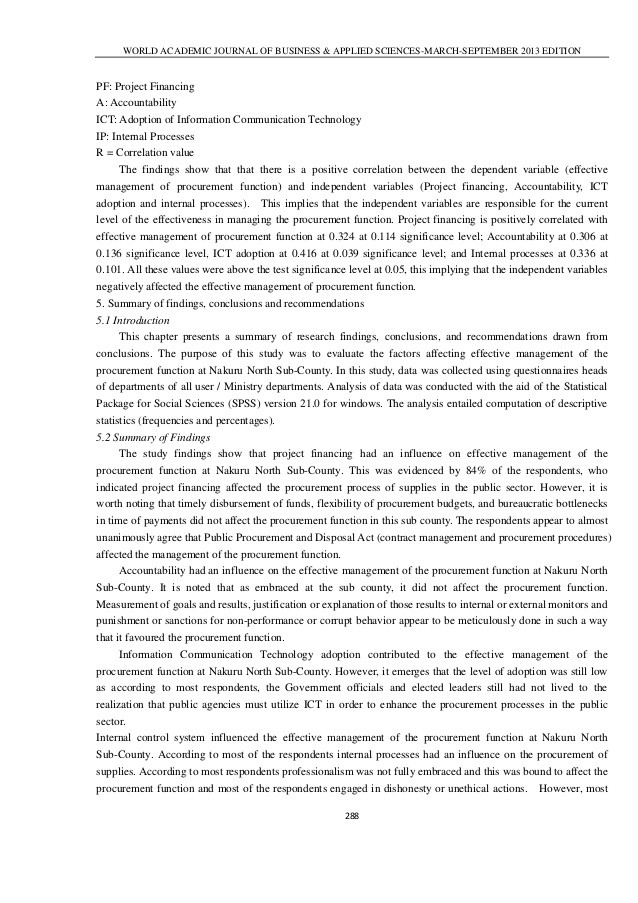Is the Stock Correlation Strategy Effective_2
Post on: 14 Июнь, 2015 No Comment

*Please note that this article focuses on diversification within a stock portfolio, however the concepts apply to one’s overall portfolio, as well. An investor’s broad portfolio should also diversify among different asset classes (stocks, bonds, real estate, etc.), styles (large-cap, growth, short-term, etc.), and countries. We advise investors to consult a financial professional to develop a customized and detailed asset allocation plan.
The concept of diversification has been around for a very long time, as I’m sure everyone has heard the age-old adage, “don’t put all your eggs into one basket.” But, it wasn’t seriously applied to the investment discipline until the 1950s when Harry Markowitz laid the groundwork for modern portfolio theory. By choosing securities that have minimal or no relationship with each other, he proved that investors could reduce their overall risk.
Risk can be divided into two general types: systematic and nonsystematic. Systematic risk cannot be avoided and is inherent in the overall market. This type of risk is nondiversifiable because it includes general risk factors that affect the market as a whole. For instance, no specific investments can shield an investor from the effects of changes in interest rates, inflation, economic cycles, political uncertainty, and widespread natural disasters, to name a few.
Nonsystematic risk is limited to a particular asset or industry that does not affect securities outside of that sector. Examples of this type of risk include a recall of a drug, a major oil spill, or a shortage of cotton. For instance, let’s say you own Pfizer (PFE — Free Pfizer Stock Report ) and Ford (F ). If there is a recall of one of Pfizer’s drugs, chances are there will not be any direct impact to Ford stock. Thus, by choosing assets that have a low correlation with each other, this type of risk can be reduced – but not avoided altogether.
Correlation coefficients shed light on the relationship between the price movements of two assets. This relationship ranges from -1 to +1, with -1 referring to a perfect negative correlation, 0 as no correlation, and +1 as a perfectly positive correlation. A negative correlation implies opposite price movements. So if security A goes up, security B tends to go down. A correlation coefficient of 0 indicates that the price movements of A and B are totally random. And a positive coefficient means that A and B tend to move in the same direction (both up or both down). Coefficients that are closer to the extremes indicate stronger relationships. Of course, we must point out that correlation does not imply that one security is responsible for the movement of another. Also, correlation does not speak to the magnitude of the price movements, only direction. Ideally, a portfolio should be constructed with assets containing low correlations, however most assets unfortunately have high positive correlations. The challenge in diversifying risk is to find assets that have a correlation that is much less than +1.0.
Using the statistical measure of variance to define risk, a higher variance would imply greater volatility, and, therefore, greater risk. In The Value Line Guide to Investing for Your Financial Security. written by Paul Graham, Jr. CFA, the author shows that, on average, a single holding has a yearly price variability of 40%. With two holdings, assuming the portfolio is evenly weighted, the variability is about 32.3%; with ten, it’s 24.3%; with 20, it’s 23.2%; and with all stocks, it’s 21.9%. Looking at the numbers a little more closely, we see that our portfolio variability drops by 7.7 percentage points by holding two equities versus one; eight percentage points by holding 10 versus two; 1.1 percentage points by holding 20 versus 10; and finally 1.3 percentage points by holding 20 versus all stocks drops. As more and more stocks are added, the benefits of diversification begin to drop off sharply. As a result, we generally recommend holding at least 10, and preferably 15, stocks in the part of your portfolio that is devoted to equities. This should greatly diminish one’s nonsystematic risk, though the systematic risk, which is nondiversifiable, is still present.

When diversifying, it is important to select stocks from a variety of industries. A portfolio of eight gold stocks and seven silver stocks does not constitute a diversified portfolio. Despite holding 15 securities, they are all influenced by factors specific to the precious metals industry. A proper diversification strategy would entail buying stocks in each of the major sectors of the economy. We consider these as basic industry, capital goods, consumer cyclical, consumer staples, energy, financial services, technology, transportation, and utilities, with each having multiple subsectors.
Most investment professionals agree that although diversification is no guarantee against loss, it is a prudent strategy to adopt toward an investor’s long-term financial goals. By constructing a portfolio with assets that “zig” while others “zag,” an investor can create a portfolio that reduces the ups and downs in the short term, but continues to grow steadily in the long term.
It seems the benefits of this tenet of portfolio management should convince any investor to follow this strategy. However, there are always a few naysayers, and in our follow-up article, we will discuss why certain investors may shy away from this principle. Stay tuned.
At the time of this article’s writing, the author did not have positions in any of the companies mentioned.














